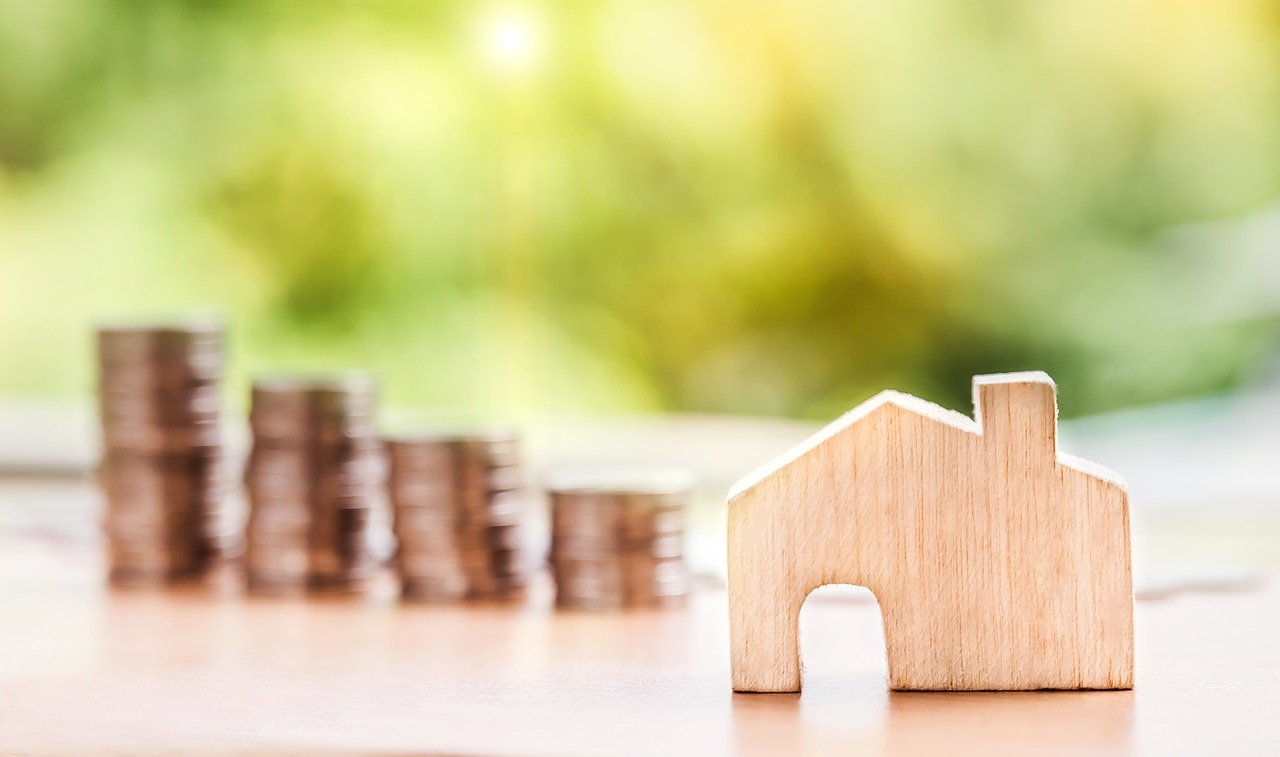The property market in the UK has remained resilient over the years since 2004 despite volatile situations. After the slight slumps during the 2008 financial crisis and at the start of the pandemic in early 2020, the real estate industry has bounced back and continues to do well. House prices have been rising, and recently, there seems to be a spike in housing prices. This differs from area to area, of course, as the estate agents in Sittingbourne will agree.
There are various reasons for the fast rise in UK housing prices, some of which are explained below.
SDLT holiday: The extension of the Stamp Duty Land Tax holiday till the end of June 2021, with a tapering process till the end of September 2021 has been a great incentive for new buyers as well as professional investors. Properties up to GBP 500,000 and GBP 250,000 till the end of June and the end of September, respectively, are applicable for this tax holiday. While the land tax saving on such properties is a great benefit to buyers, the increase in demand for such properties has resulted in a rise in house prices as well.
Preferred accommodation: One of the effects of the lockdown caused by the pandemic was working online from residences. This, in turn, led to many people prioritizing the comforts of larger, more comfortable accommodation with working space as well. Being cooped up at home, the need for open garden spaces for relaxation was also high on the list. This resulted in many people moving to larger accommodation with outdoor spaces usually in the suburbs away from the city centres. Prices for such properties naturally increased as well.
Housing shortage: The demand far exceeds the supply, and this has triggered a growth in house prices. Also, the supply was further hampered by a decline in construction activity due to the lockdowns. Hopefully, this will revive, and constructions will continue to try and come closer to meeting the demand. As long as the demand remains, the prices will also remain high.
Mortgage and interest rates: The government guarantee scheme of 95% mortgage with a small 5% deposit for eligible prospective buyers has encouraged more property investment with applications for mortgages. Many competitive mortgage offers have now come on the market after the withdrawal of such offers when the pandemic started. The Bank of England low-interest rate has also been an incentive for prospective buyers.
Help to Buy: The Government’s new equity loan scheme came into effect from 1 April 2021, where the Government will lend up to 20% of the cost of a new-build home with a 5-year interest-free period. This offer will be available till 31 March 2023. It is limited to first-time buyers only. However, the scheme is of great benefit to those whose affordability will not allow them to put down a large deposit to obtain their dream homes. This is especially so at the time of furloughs and job redundancies. There is a cap on the regional property price for this offer. For South East England, the price limit is GBP 437,600.
Covid vaccination drive: With the vaccination programme well underway, a return to near normalcy is hoped for. This means that offices, shops, restaurants, entertainment venues not only in cities but in other areas as well are reopening. This will lead to a boost in the property market. Schools and universities are functioning, and with international travel resuming, the student rental market is predicted to be high. Smaller accommodation may be preferred, but the demand will be there and, consequently, the prices will rise as well.
Foreign investment: The UK property market is still appealing to foreign investors. With virtual viewings of properties during the lockdowns, people were still able to decide and transact property contracts without physically being present. Now that travel restrictions are lifting, more foreign investment in properties is likely. The high investment rate of foreign investors also reflects positively on housing price rises.
Conclusion: The future can never be accurately predicted, especially in times of uncertainty like the pandemic, but the property market has remained stable. Prices of property have been rising faster recently due to the reasons given above. However, the rate of price rise differs from region to region. The South-East has not seen as high a rise in property prices as some of the other areas. This makes it feasible for prospective buyers, especially in view of it being a fast-growing and prosperous industrial area, which provides one of the largest regional economies in the UK.



 Bitcoin
Bitcoin  Ethereum
Ethereum  Tether
Tether  XRP
XRP  Solana
Solana  USDC
USDC  TRON
TRON  Cardano
Cardano  Lido Staked Ether
Lido Staked Ether  Avalanche
Avalanche  Toncoin
Toncoin